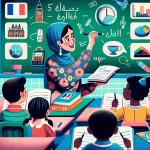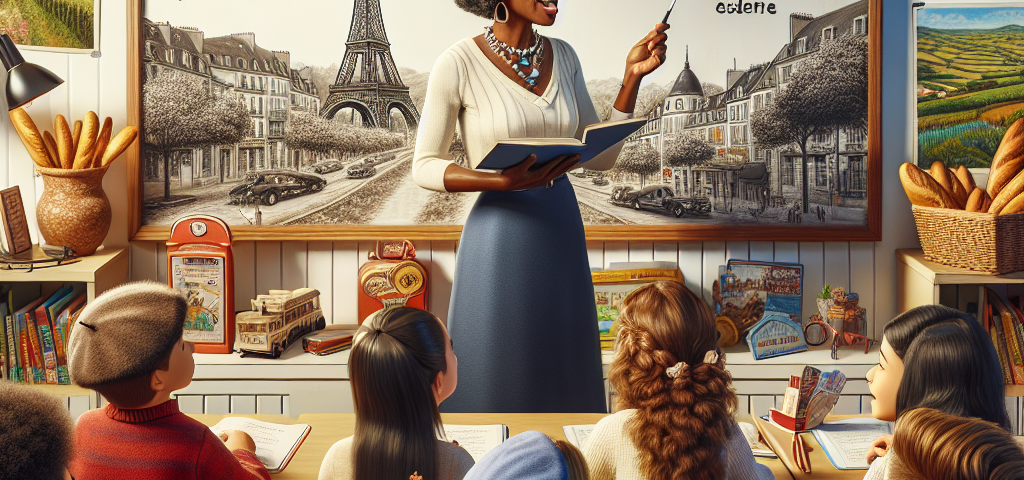
Language Learning in French Secondary Schools: Best Practices and Challenges
May 31, 2025
Five Must-Have Resources for Teaching French to Primary Students
May 31, 2025
In today’s interconnected world, fostering cultural understanding is more crucial than ever. For educators looking to provide a holistic language learning experience, integrating cultural elements into primary lessons about the French language is an excellent approach. Not only does this enrich students’ linguistic abilities, but it also deepens their appreciation and understanding of the diverse world around them. Let’s explore how to infuse French culture into primary education and create a multifaceted learning experience.
The Importance of Cultural Context
Language does not exist in a vacuum; it is a reflection of its culture. Understanding the customs, traditions, history, and art of France can enhance the language learning process. When students learn about French culture, they develop a better grasp of context, nuances, and idiomatic expressions in the language. This context empowers them to communicate more effectively and authentically.
Incorporating Cultural Activities
1. Culinary Exploration
Food is often the heart of a culture’s identity. Introducing students to French cuisine can be both enjoyable and educational. Organize cooking classes where students prepare simple French dishes like crepes or baguettes. Discuss the significance of these foods in French life and explore how they are enjoyed during various celebrations and everyday moments.
2. Artistic Endeavors
France has a rich artistic heritage that spans various periods and styles. Incorporate art appreciation into lessons by exploring the works of iconic French artists like Monet, Renoir, and Picasso. Activities could include creating art inspired by these artists or even visiting a local museum (virtual or in-person) that features French art.
3. Music and Dance
French music, from the classic chansons to contemporary pop, can be an engaging way to introduce the language. Play songs that students can sing along to, helping them with pronunciation and intonation. Additionally, consider exploring traditional French dances and their cultural significance. Students can learn simple dances and understand how dance plays a role in French community gatherings and celebrations.
4. Festivals and Holidays
Introduce students to French holidays like Bastille Day, La Toussaint (All Saints’ Day), or Mardi Gras. Discuss the history and customs associated with each celebration. Students could re-create a celebration in class, providing a hands-on understanding of how culture influences language and social interactions.
Leveraging Technology
In the digital age, technology can play a vital role in cultural exploration. Utilize online resources such as virtual museum tours, French films with subtitles, or podcasts focusing on various aspects of French culture. Encourage students to explore these resources and present their findings, fostering a deeper investigation of topics that interest them.
Encouraging Critical Thinking
Integrating culture into language lessons also promotes critical thinking. Encourage students to compare and contrast French culture with their own. This approach helps them develop a greater understanding of both cultures and inspires conversations about diversity and globalization.
Building Global Citizenship
Ultimately, enriching primary language lessons with cultural elements goes beyond teaching French; it nurtures a sense of global citizenship. Students learn empathy, appreciation for diversity, and the importance of communication in a multicultural world. These lessons not only prepare them for future language acquisition but also help them grow into open-minded individuals.
Conclusion
Discovering French culture through enriching primary lessons creates an engaging and multifaceted educational experience. By weaving cultural insights into language learning, educators help students understand the vibrant tapestry of global cultures. As they delve into the heart of French traditions, arts, and daily life, students gain fluency not just in the language but in the soul of its culture as well. This holistic approach prepares learners to navigate the world with curiosity, respect, and understanding, setting the stage for lifelong learning and exploration.

